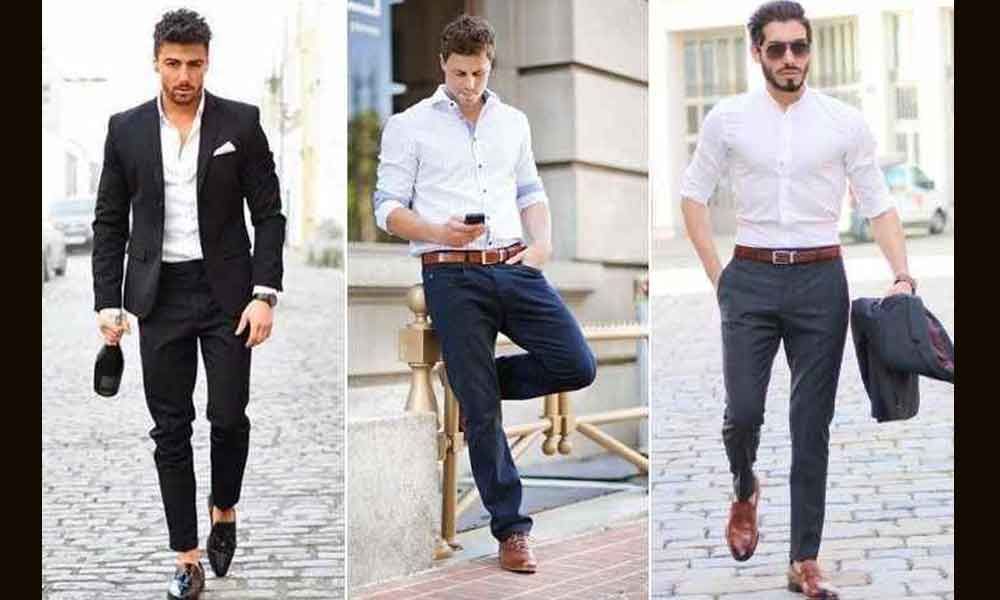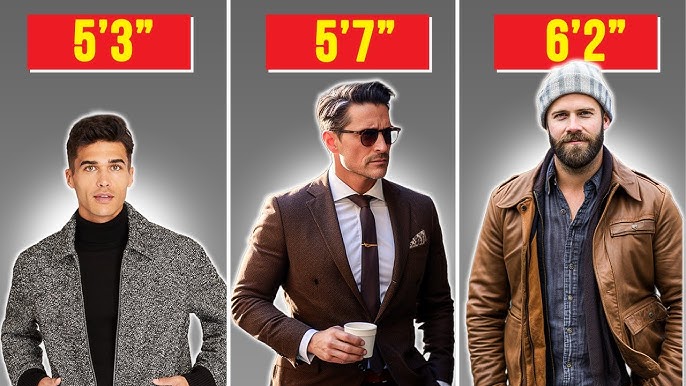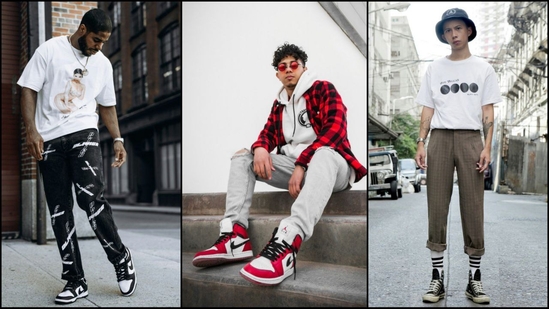Looking sharp isn’t just about wearing expensive clothes; it’s about understanding fit, color, confidence, and presentation. Whether you’re heading to the office, attending a wedding, or simply want to elevate your everyday style, dressing sharp is a powerful tool that influences how you’re perceived.
Here’s a complete guide to help you master the art of men’s style.

1. Start with the Basics: Fit is King
No matter how expensive your clothes are, if they don’t fit well, they won’t look good. Fit should be your top priority.
- Shirts: Avoid shirts that are too baggy or tight. You should be able to move freely without extra fabric hanging around.
- Pants: They should sit comfortably at your waist and break slightly at your shoes.
- Jackets and Blazers: Shoulder seams should align with your shoulders, and sleeves should end just above your wrist bone.
Tip: Always consider visiting a tailor. A little adjustment can make budget clothing look like a designer piece.
2. Build a Versatile Wardrobe
Every sharp-dressed man has a collection of timeless staples. Start with these:
- White Dress Shirt
- Navy or Charcoal Suit
- Dark Denim Jeans (Slim Fit)
- Chinos in Neutral Colors
- Polo Shirts and Basic Tees
- Brown and Black Leather Shoes
- Leather Belt Matching Your Shoes
These basics form the foundation of endless outfit combinations.
3. Master the Art of Layering
Layering adds depth and dimension to your look.
- Pair a T-shirt with a bomber jacket.
- Combine a button-down shirt with a sweater and blazer.
- Use scarves, overcoats, and vests for colder seasons.
The key is coordination. Stick with complementary colors and patterns.
4. Know Your Colors
Understanding color theory boosts your style game:
- Neutral tones (white, gray, black, navy, beige) are safe and versatile.
- Earth tones (olive, tan, rust) add maturity and warmth.
- Pops of color (like burgundy or teal) add personality when used subtly.
Stick to one statement color per outfit and keep the rest simple.
5. Footwear Matters More Than You Think
Shoes are one of the first things people notice. Make sure yours are clean and in good shape.
Essential shoes for a sharp wardrobe:
- Oxford or Derby Shoes for formal wear.
- Loafers for business casual.
- Chelsea or Chukka Boots for a rugged, stylish edge.
- White Sneakers for casual outfits.
Match your shoe tone with your belt and watch strap for a complete look.

6. Accessories: Less is More
Accessories should complement, not overwhelm.
- Watches: A classic leather strap or metal watch goes with everything.
- Ties & Pocket Squares: Add color and texture to suits.
- Sunglasses: Choose a frame that suits your face shape.
- Bracelets or Rings: Keep it minimal, unless you’re confident with bolder styles.
7. Pay Attention to Grooming
You can’t dress sharp without proper grooming.
- Hair: Keep it trimmed and suited to your face shape.
- Beard or Shave: Maintain it regularly or go clean-shaven.
- Skincare: Wash, moisturize, and protect from the sun.
Smelling good is also part of looking good—find a signature scent.
8. Dress for the Occasion
Always dress appropriately for where you’re going.
- Business Meeting: Suit, tie, and polished shoes.
- Date Night: Dark jeans, button-down, and boots or loafers.
- Casual Outing: T-shirt, chinos, sneakers, and a casual jacket.
Overdressing is better than underdressing. You can always remove layers.
9. Take Care of Your Clothes
Looking sharp also means keeping your clothes in top condition.
- Iron or steam regularly.
- Use wooden hangers to maintain shape.
- Polish shoes weekly.
- Dry clean suits sparingly but responsibly.
Proper care extends the life of your wardrobe and keeps you looking sharp daily.
10. Confidence is the Final Touch
The most stylish outfit means nothing without confidence. Stand tall, make eye contact, and smile. Your attitude can make or break your look.
Confidence doesn’t come from clothes—it comes from knowing you’ve made an effort to look your best.

10 FAQs About Dressing Sharp
1. What are the most important items every man should own?
A tailored suit, white shirt, dark jeans, leather shoes, and a classic watch are essentials in any man’s wardrobe.
2. How do I choose the right fit for my body type?
Start with your shoulders and waist. Slim-fit works for lean builds; regular or classic fit suits broader frames. Try different cuts to see what flatters you best.
3. Is it okay to mix patterns?
Yes, but balance is key. Combine patterns of different sizes and keep one pattern dominant. For example, a bold checkered blazer with a subtle striped shirt.
4. How can I look sharp on a budget?
Invest in timeless basics, shop sales, thrift for quality vintage items, and use a tailor for perfect fit.
5. Should my belt always match my shoes?
Ideally, yes—especially in formal settings. In casual wear, there’s more flexibility, but coordinated tones still look cleaner.
6. What colors are best for beginners in men’s fashion?
Start with neutrals like navy, gray, white, and beige. They’re easy to mix and match and form the base of most sharp outfits.
7. Can sneakers be stylish?
Absolutely. Clean, minimal sneakers (like white leather) can be dressed up with chinos or even a blazer for a smart-casual look.
8. How many suits should I own?
At least two to start: a navy and a charcoal suit. These are versatile for work, events, and occasions.
9. How do I find my personal style?
Experiment. Try different looks, take inspiration from style icons, and note what makes you feel confident and comfortable.
10. How important are accessories in men’s fashion?
They’re the finishing touch. A watch, pocket square, or sunglasses can elevate an average outfit into a sharp ensemble.
Conclusion:
Dressing sharp is a journey, not a destination. It’s about investing in the right pieces, understanding how to wear them, and developing your unique sense of style. With the tips above, you’ll be well on your way to turning heads and walking with confidence—no matter the occasion.
